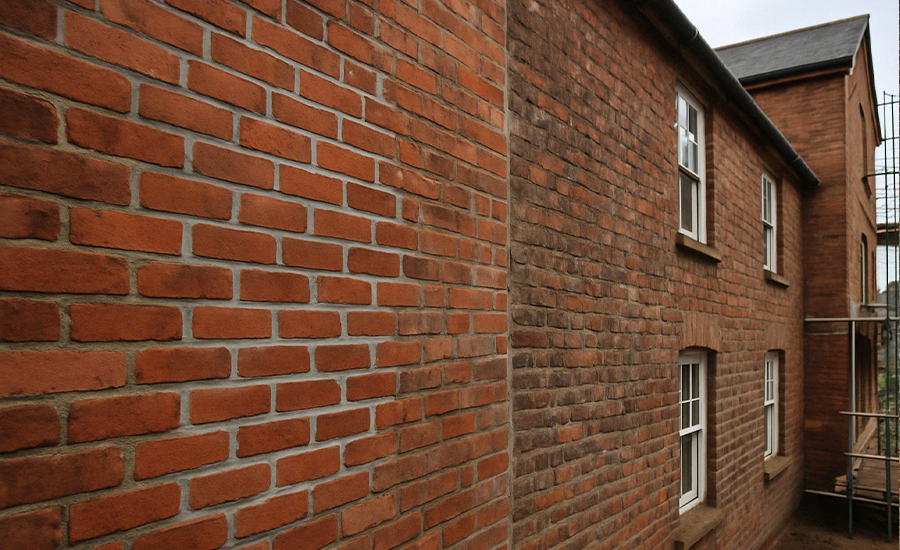
How Does Repointing Affect the Lifespan of Brick Structures?
Repointing plays a crucial role in extending the life of brick structures. It protects against moisture, cracking, and long-term deterioration.

Repointing plays a crucial role in extending the life of brick structures. It protects against moisture, cracking, and long-term deterioration.

Professionals use visual surveys, moisture checks, and hands-on tests to assess when your brickwork needs repointing for structural safety.

Damaged mortar joints can silently weaken your structure. Learn the 7 signs that indicate it’s time for repointing before bigger issues arise.
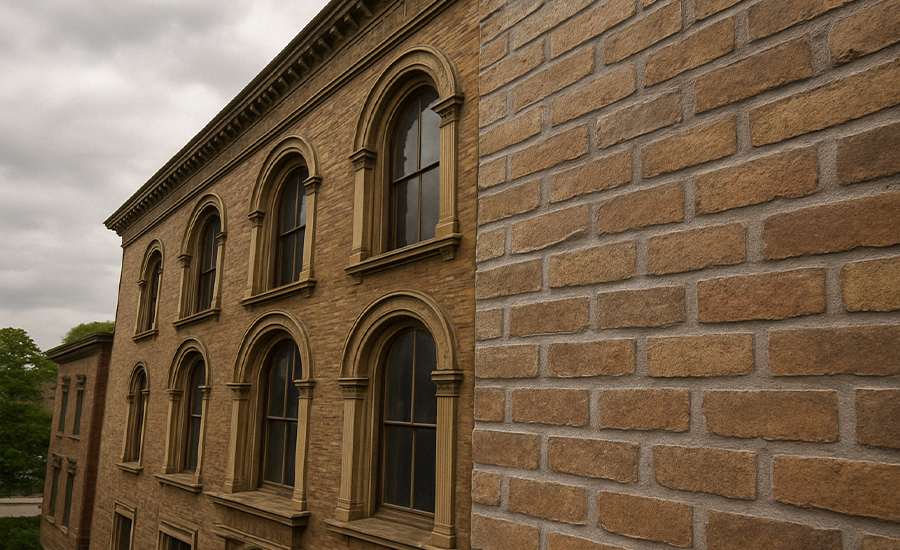
Learn how repointing historic buildings can be done without compromising their structure or beauty. Discover expert techniques, materials, and preservation tips.
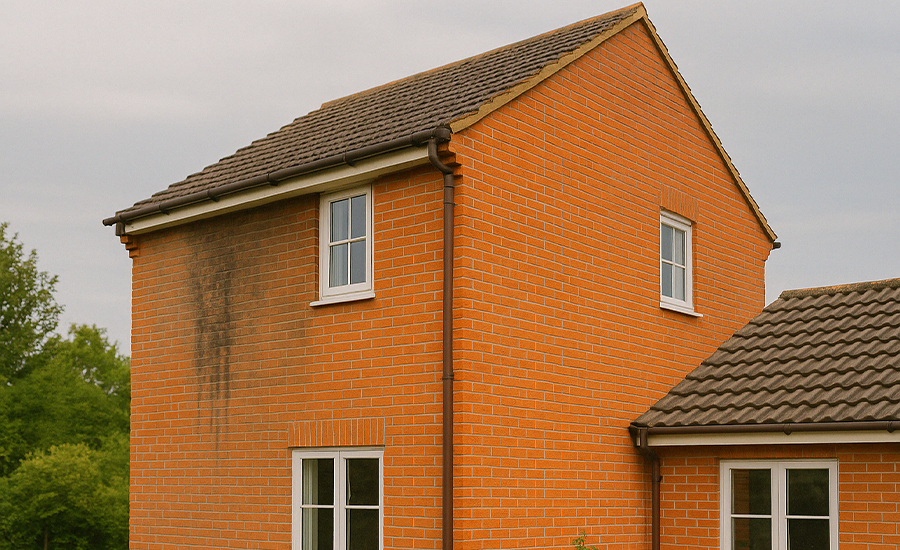
Water damage weakens your property. Discover how repointing controls moisture, prevents structural decay, and safeguards your building long-term.

Repointing may seem costly, but it’s a smart investment. It protects your home’s structure, boosts value, and prevents major future repairs.

Repointing may seem costly, but it’s a smart investment for your property. Let’s explore what drives the cost and why it’s worth it.

Learn the key mistakes made during repointing and how avoiding them can protect your brickwork’s durability and appearance.
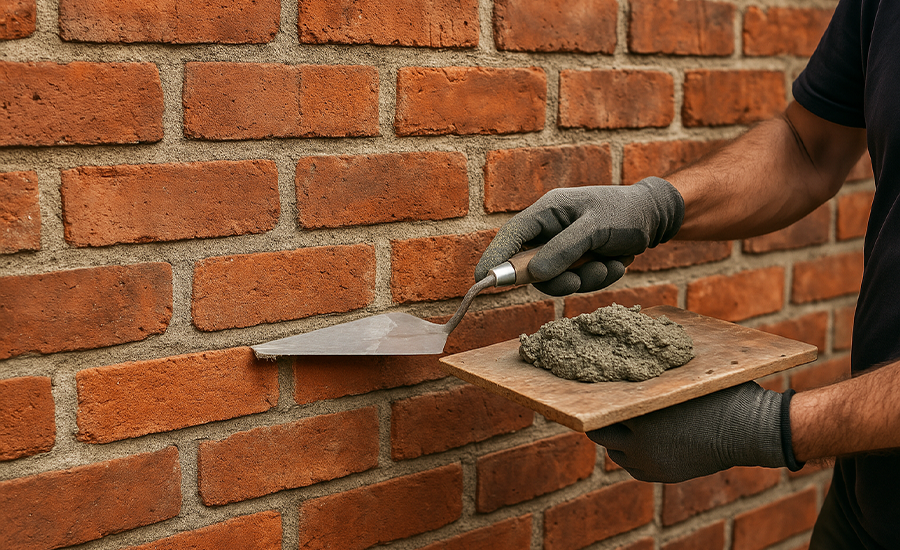
Brick pointing is necessary to protect, restore, and extend your building’s lifespan while maintaining aesthetic and structural value.
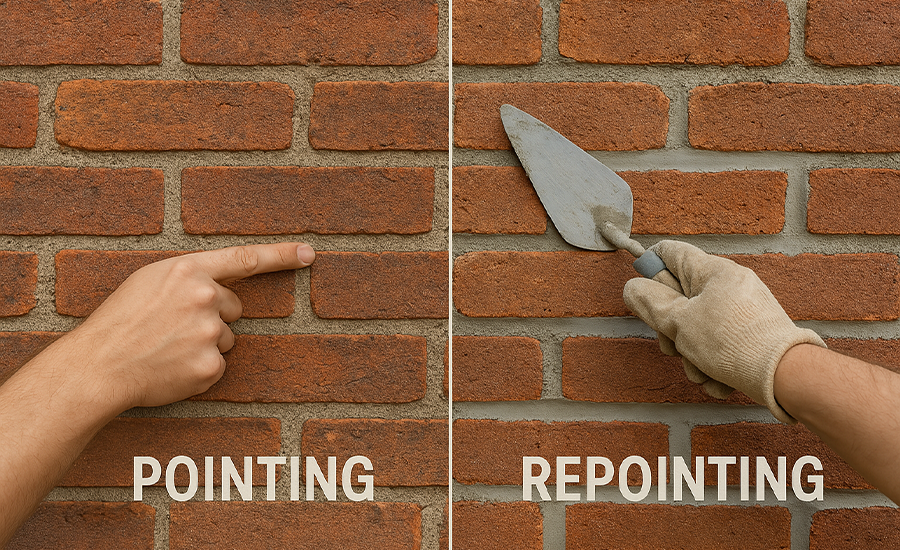
Understand the difference between pointing and repointing and how each method helps maintain your property’s brickwork.

DIY repointing is possible with proper tools and care. But expert help ensures long-lasting results for your brickwork.

Improper repointing can lead to brick damage, water seepage, and costly repairs. Learn common mistakes and how to prevent them in NYC structures.